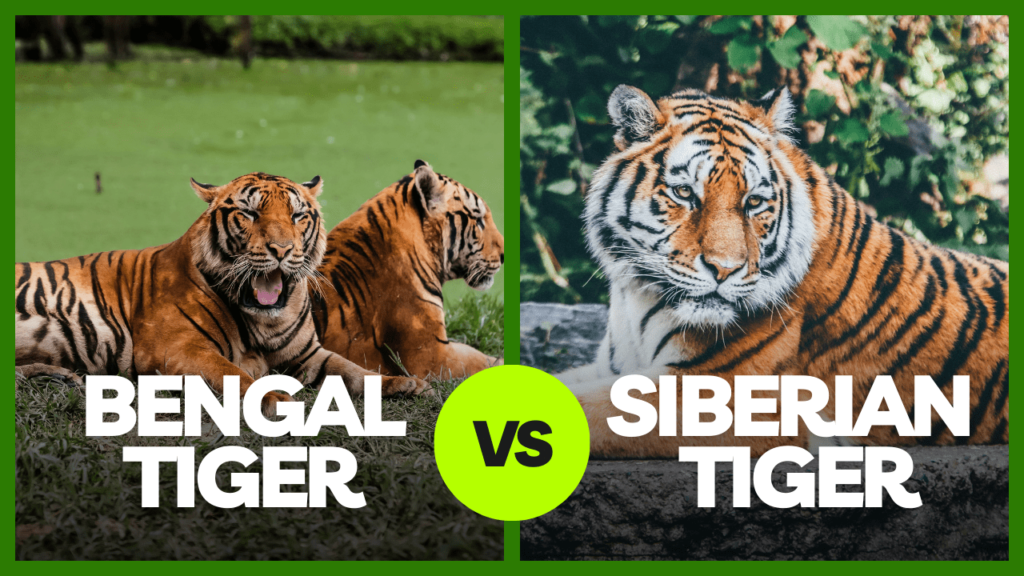When it comes to the majestic tigers of the world, two species stand out due to their grandeur and mystique: the Siberian Tiger and the Bengal Tiger. Often compared for their size, appearance, and ecological roles, understanding the Siberian Tiger vs Bengal Tiger debate offers insights into their unique adaptations and conservation needs. In this article, we will delve into a detailed comparison of these two magnificent big cats, examining their physical characteristics, habitats, diets, behaviors, and conservation statuses.
Siberian Tiger and Bengal Tiger are two of the Largest Cat Species in the World
Siberian Tiger vs Bengal Tiger
1. Physical Characteristics
1.1 Size and Weight
Siberian Tiger vs Bengal Tiger: One of the most striking differences between the Siberian and Bengal Tigers is their size. The Siberian Tiger, also known as the Amur Tiger, is the largest of the tiger subspecies. Adult males typically weigh between 400 to 675 pounds (180 to 310 kg), with a body length of 10 to 12 feet (3 to 3.7 meters) including the tail. In contrast, the Bengal Tiger, while also large, is slightly smaller. Adult males generally weigh between 330 to 550 pounds (150 to 250 kg) and measure about 8 to 10 feet (2.7 to 3 meters) in body length.
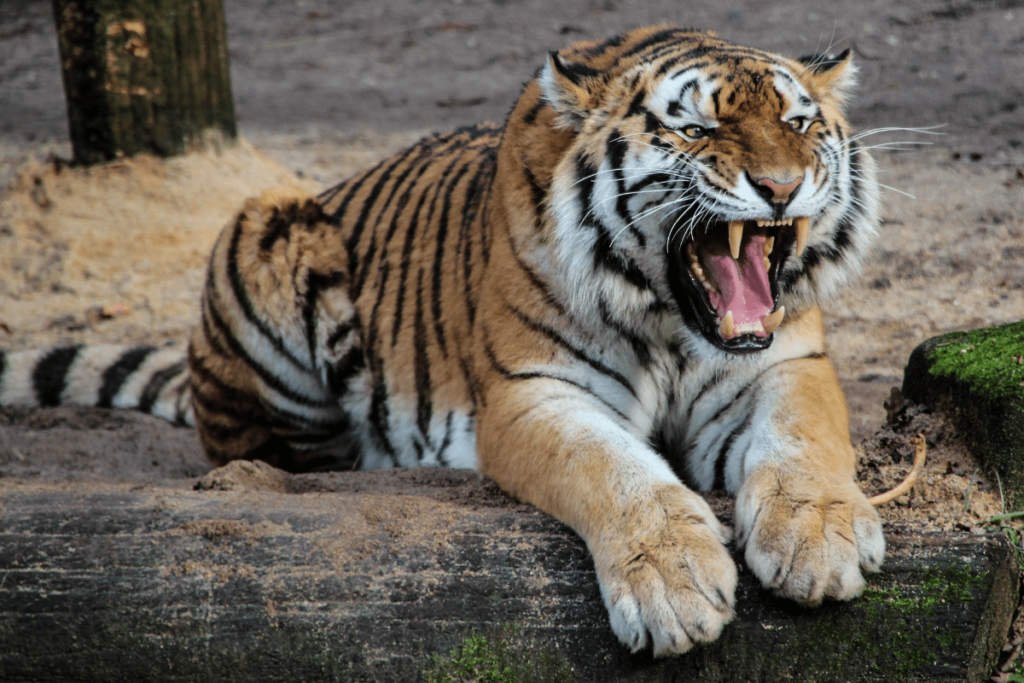
1.2 Fur and Coat Pattern
The Bengal Tiger vs Siberian Tiger comparison reveals distinct differences in their fur. The Siberian Tiger has a paler coat with fewer and lighter stripes, which helps it blend into the snowy landscapes of its habitat. Its thick fur provides insulation against the harsh cold. On the other hand, the Bengal Tiger’s coat is a bright orange with black stripes and is adapted to the dense forests and grasslands of India. This vibrant coloration aids in camouflage within the lush vegetation of its habitat.
1.3 Body Structure and Build
When comparing the Siberian vs Bengal Tiger, their body structure reflects their respective environments. The Siberian Tiger has a stockier build with longer limbs and a thicker neck to cope with the cold and snow. The Bengal Tiger, however, has a more agile and slender body, suited for the varied terrain of its tropical and subtropical habitats.
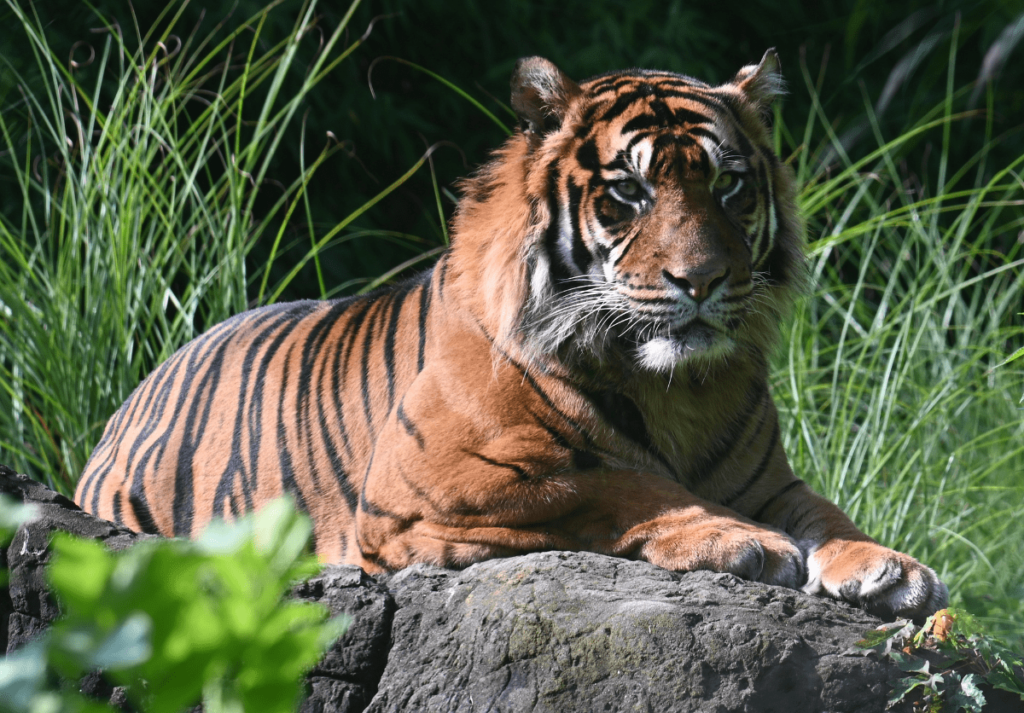
2. Habitat and Range
2.1 Geographic Distribution
The Siberian Tiger versus Bengal Tiger distribution highlights their adaptability to different environments. Siberian Tigers are native to the cold, forested areas of eastern Russia and parts of China. They are found in the Siberian taiga and Russian Far East. Conversely, Bengal Tigers are primarily found in the Indian subcontinent, with populations spread across India, Bangladesh, Bhutan, and Nepal. Their habitat ranges from tropical forests to grasslands.
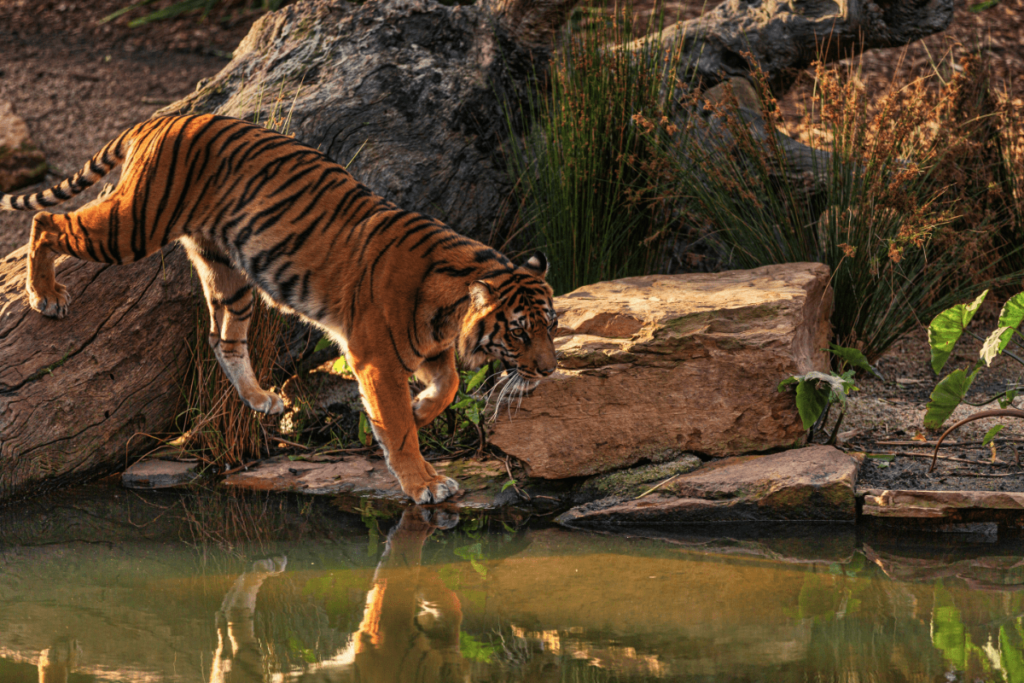
2.2 Habitat Preferences
The difference between Siberian Tiger and Bengal Tiger extends to their habitat preferences. Siberian Tigers prefer temperate forests with a cold climate, often characterized by snow-covered grounds during winter. In contrast, Bengal Tigers thrive in a variety of environments, including tropical rainforests, mangroves, and grasslands, where they can find a mix of dense vegetation and open areas for hunting.
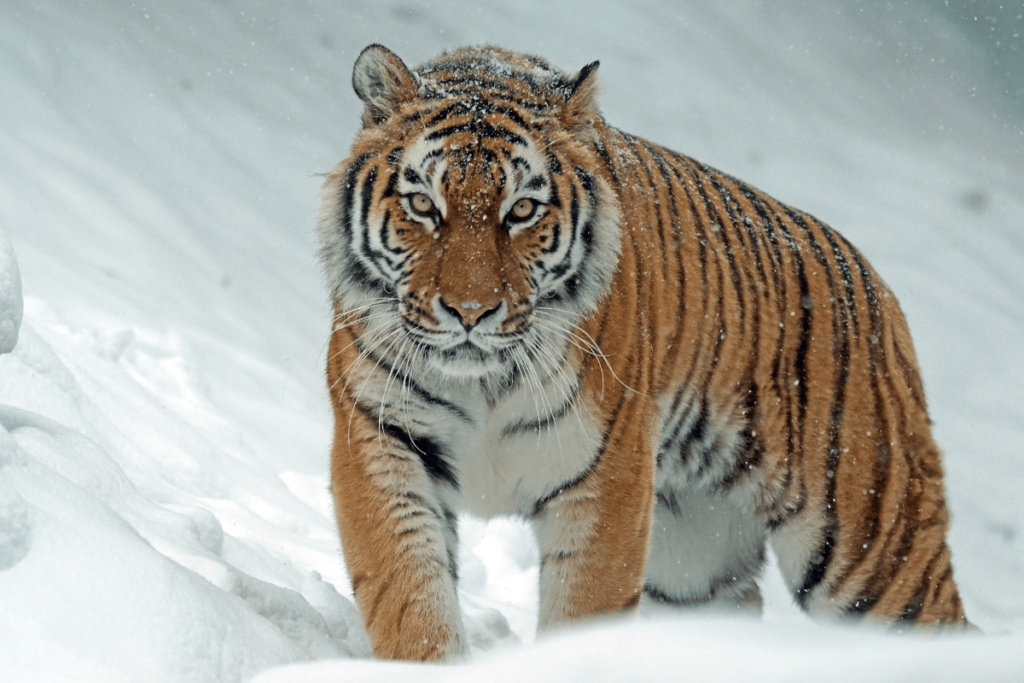
3. Diet and Hunting Techniques
3.1 Diet
In comparing Bengal Tiger vs Siberian Tiger, their diets reflect their respective environments. The Siberian Tiger’s diet includes large ungulates such as deer and wild boar, adapted to its cold habitat. The Bengal Tiger’s diet is more diverse, including prey such as deer, wild boar, and even small elephants or buffalo, depending on availability in its varied habitat.
3.2 Hunting Strategies
The Siberian Amur Tiger vs Bengal Tiger also differ in their hunting techniques. Siberian Tigers employ stealth and endurance to stalk prey in the snowy forests, relying on their camouflage to get close. Bengal Tigers, on the other hand, use a combination of stealth and power, often ambushing prey in the dense underbrush or water, showcasing their adaptability to different hunting environments.
Although Siberian Tigers may not be renowned as an camouflage animal, they are still quite adept at blending into their surroundings.
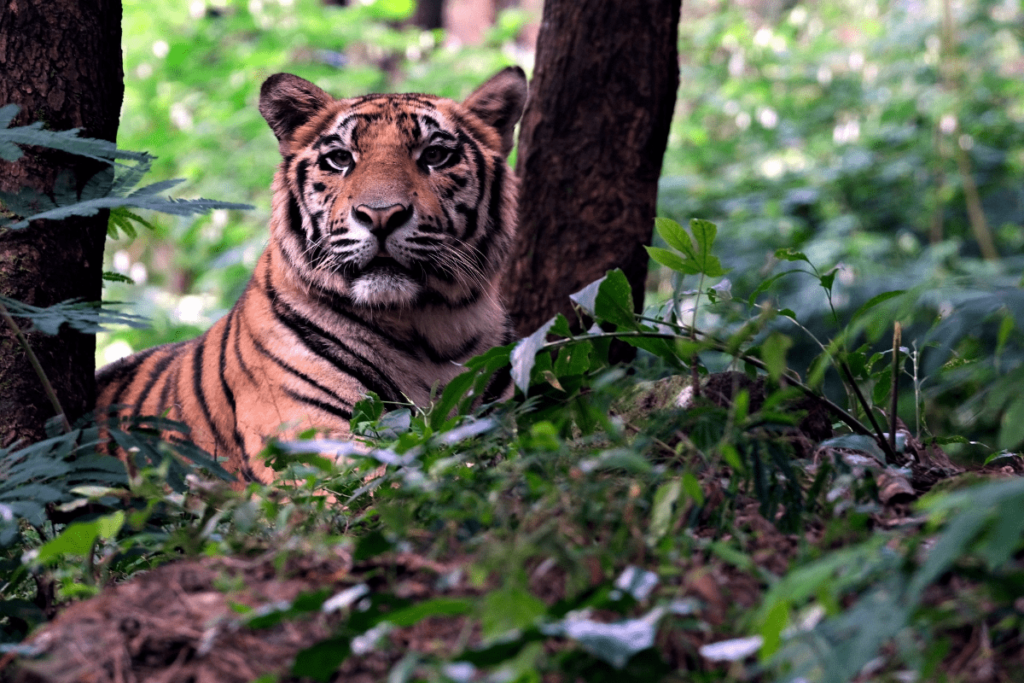
4. Behavior and Social Structure
4.1 Social Behavior
Both the Siberian Tiger vs Bengal Tiger are solitary animals, but their territorial behaviors have notable differences. Siberian Tigers have larger territories, which are essential for their survival in the less productive cold environment. Bengal Tigers have smaller, overlapping territories and are more likely to encounter other tigers due to the higher density of prey in their habitat.
4.2 Communication
In terms of communication, both species use vocalizations, scent markings, and visual signals. The Bengal Tiger versus Siberian Tiger comparison shows that Siberian Tigers have a more subdued vocal range adapted to their quieter, isolated environments, while Bengal Tigers have a wider array of vocalizations suited for their more densely populated habitats.

5. Reproduction and Lifespan
5.1 Breeding and Mating
When comparing the Siberian Tiger vs Bengal Tiger in terms of reproduction, both species have similar mating behaviors but with different timing. Siberian Tigers typically breed in the winter, while Bengal Tigers mate throughout the year, with births occurring from around March to May. Both species have a gestation period of about 93 to 112 days.
5.2 Lifespan in the Wild and Captivity
The Bengal Tiger vs Siberian Tiger lifespan varies slightly depending on their environment. In the wild, both species typically live between 10 to 15 years. In captivity, with proper care, they can live up to 20 years or more, thanks to the absence of natural threats and access to veterinary care.
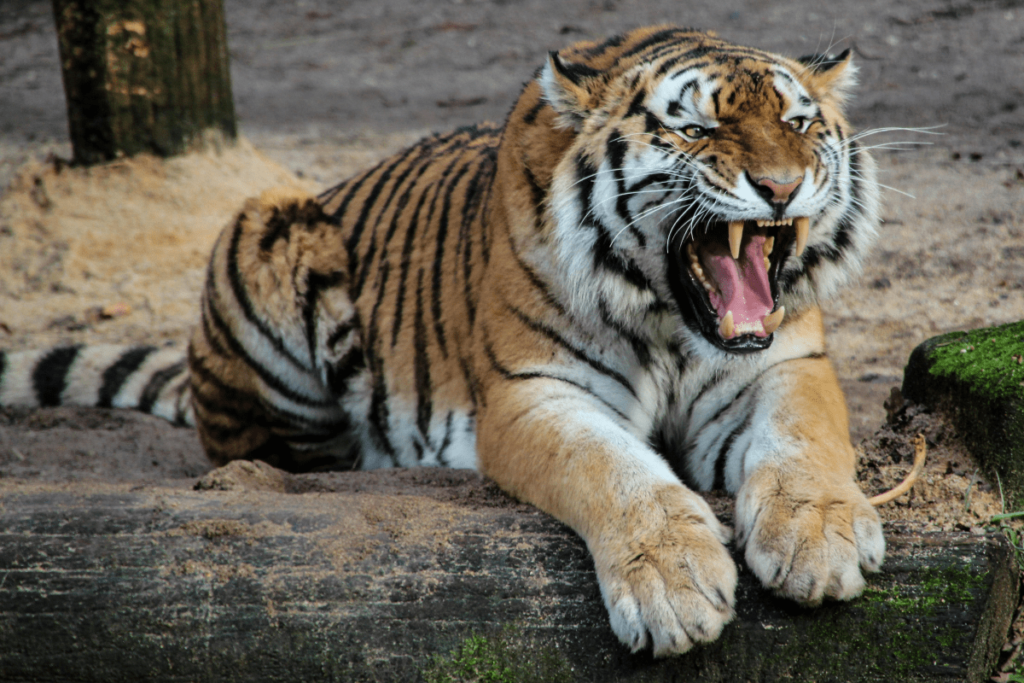
6. Conservation Status
6.1 Threats and Challenges
The conservation status of the Siberian Tiger versus Bengal Tiger is critical. Both species face significant threats from habitat loss, poaching, and human-wildlife conflict. Siberian Tigers are critically endangered with only a few hundred individuals remaining in the wild. Bengal Tigers, although more numerous, are still classified as endangered due to habitat destruction and poaching.
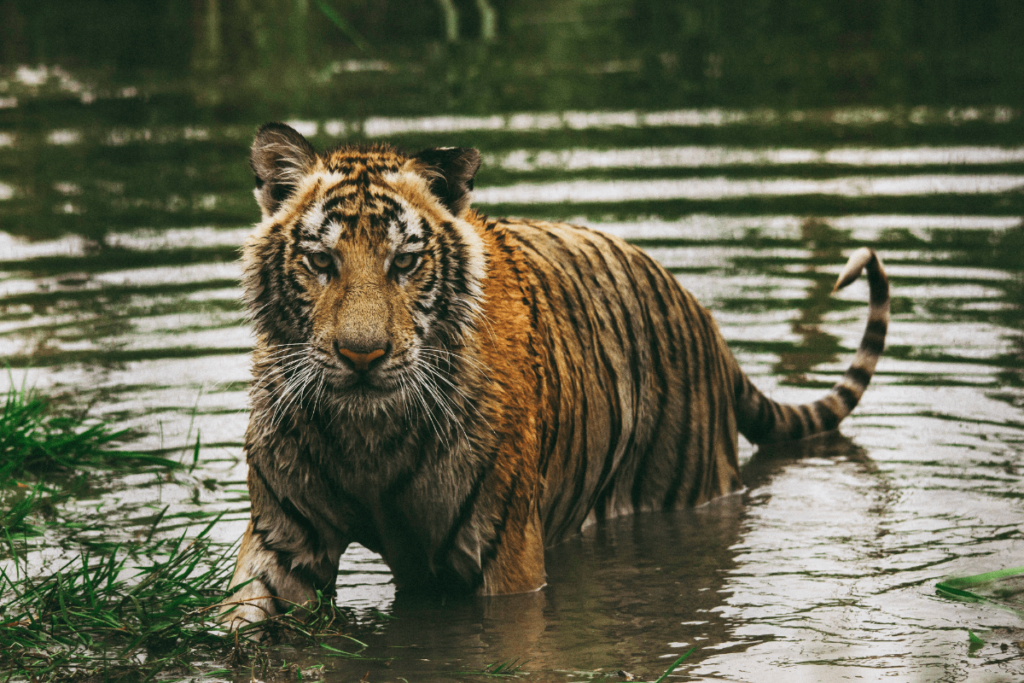
6.2 Conservation Efforts
Efforts to conserve both species include habitat protection, anti-poaching measures, and conservation education. Organizations like the World Wildlife Fund (WWF) and Panthera work to protect both the Siberian and Bengal Tigers through various programs aimed at preserving their habitats and reducing human-tiger conflicts.
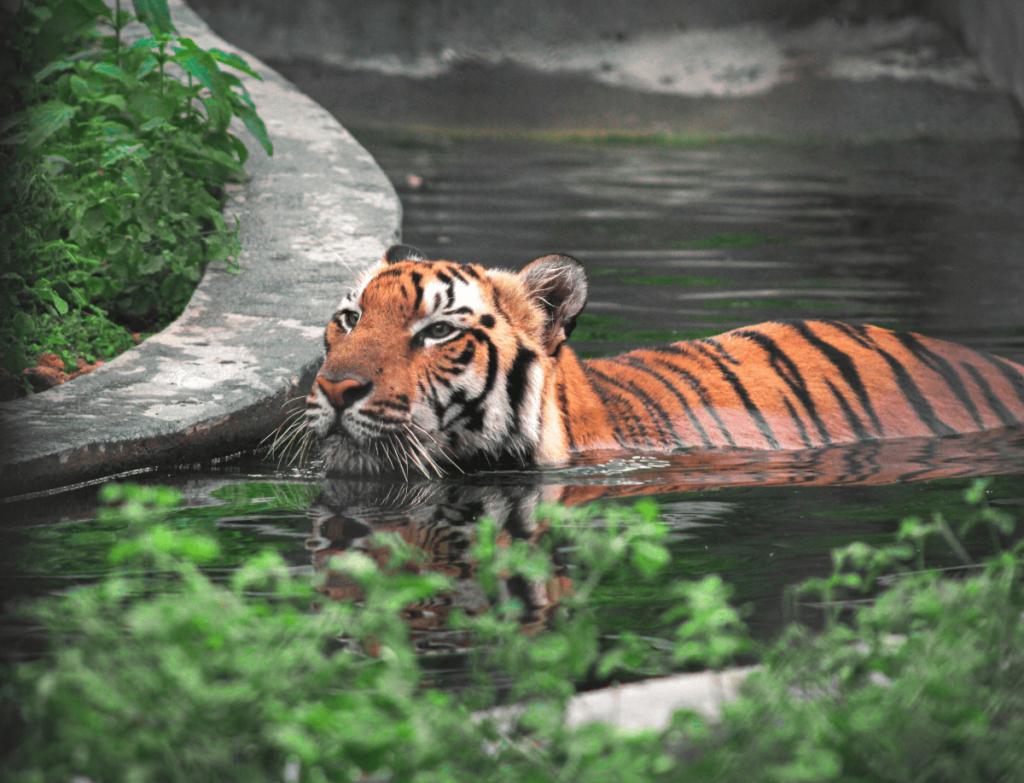
7. Comparative Analysis Table (Bengal Vs Siberian Tiger):
| Feature | Siberian Tiger | Bengal Tiger |
| Size and Weight | 400-675 pounds; 10-12 feet | 330-550 pounds; 8-10 feet |
| Fur and Coat Pattern | Pale fur; fewer, lighter stripes | Bright orange; distinct black stripes |
| Geographic Distribution | Eastern Russia, China | Indian subcontinent |
| Habitat Preferences | Temperate forests, snow | Tropical forests, grasslands |
| Diet | Deer, wild boar | Deer, wild boar, buffalo, etc. |
| Hunting Strategies | Stealth in snow | Stealth and power in varied terrains |
| Social Behavior | Larger territories; solitary | Smaller, overlapping territories |
| Communication | Subdued vocal range | Wider range of vocalizations |
| Breeding and Mating | Winter breeding; 93-112 days gestation | Year-round breeding; 93-112 days gestation |
| Lifespan | 10-15 years in the wild; 20+ in captivity | 10-15 years in the wild; 20+ in captivity |
| Conservation Status | Critically endangered | Endangered |
Conclusion
In summary, the Siberian Tiger vs Bengal Tiger comparison highlights both the remarkable similarities and distinct differences between these two iconic tiger subspecies. Siberian Tigers and Bengal Tigers both belong to the Felidae family, which is commonly known as the cat family. From their physical attributes and habitats to their diets and conservation statuses, each species has adapted uniquely to its environment.
Understanding these differences not only enhances our knowledge of these majestic creatures but also underscores the importance of conservation efforts to ensure their survival for future generations. As we continue to address the threats they face, both the Siberian and Bengal Tigers remain symbols of wild beauty and resilience.
